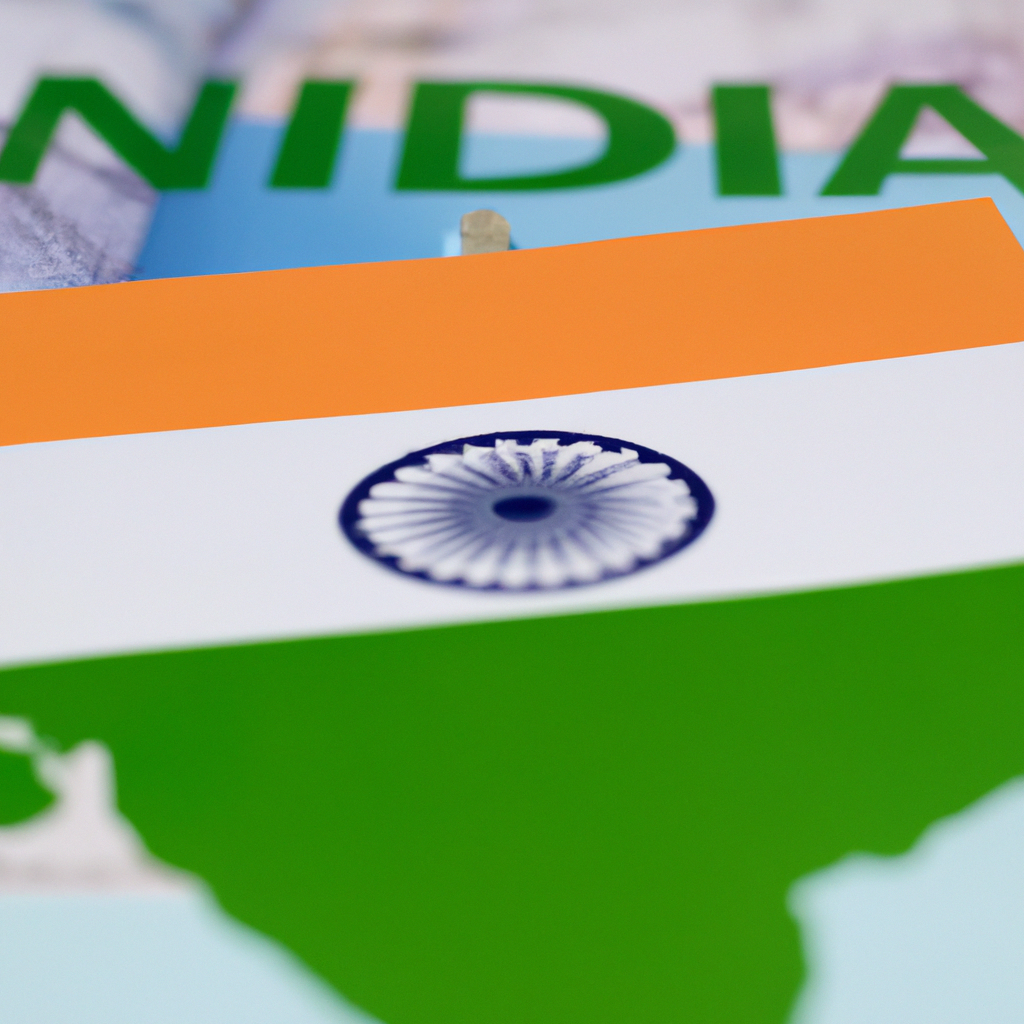Are there any restrictions on photography in India?
Post ByAdequate Travel
Summary
Photography is a great way to capture memorable moments and breathtaking views. However, many people are unaware of the restrictions on photography in India. In this blog we will discuss the rules and regulations to be aware of when capturing images around the country. Stay informed about any travel restrictions or travel rules in place, as they may vary depending on your destination within the country.Restrictions on Photography in India
1. Restricted/Prohibited Areas:
Certain areas, such as military installations, government buildings, airports, railway stations, and sensitive border regions, may have restrictions on photography. These areas are typically marked with signs indicating that photography is not allowed.
Example: The Indian Army bases and defense establishments are strictly no-photography zones. Unauthorized photography in these areas can lead to legal consequences.
2. Protected Monuments:
Photography might be restricted or regulated within heritage sites, museums, and national monuments in India. Visitors are often required to obtain special permits or pay additional fees for photography.
Example: The Taj Mahal, a UNESCO World Heritage Site, allows photography inside the complex but prohibits photography inside the main mausoleum.
3. Privacy Concerns:
Photography that invades an individual's privacy is not allowed. It is advisable to seek permission before taking pictures of people, especially in religious or sensitive locations.
Example: Taking photographs of individuals without their consent or taking pictures that are invasive or offensive may infringe on people's privacy rights and can result in legal actions.
4. Commercial Photography:
Commercial photography, such as shooting for advertisements or using photographs for commercial purposes, usually requires obtaining permissions, copyrights, and releases from all relevant parties.
Example: Conducting a professional photoshoot in a public park for a commercial fashion brand requires obtaining necessary permits and agreements from the park authorities and models involved.
5. Film and TV Shoots:
Specific regulations apply to photography during film and television shoots in India. Filming in public spaces may require securing permissions and following guidelines provided by local authorities.
Example: Shooting a scene for a movie on a busy street in Mumbai would require obtaining necessary licenses, coordinating with local police for crowd control, and following all safety regulations.
6. Sensitive Religious Places and Objects:
Photography might be restricted or prohibited in certain religious places or during religious ceremonies to maintain respect and prevent any disturbances.
Example: Taking photographs inside the sanctums of many temples or during important religious events or rituals may not be allowed.
7. Wildlife Sanctuaries and Protected Areas:
Photography in wildlife sanctuaries and protected areas might have specific restrictions to ensure the safety and well-being of the wildlife and their habitats.
Example: In some national parks, using flash photography or getting too close to animals can be prohibited to avoid disturbing the wildlife.
Before embarking on your journey to india, make sure to check the latest travel guidelines and entry requirements to ensure a smooth tripSuggested Questions
- The Mansion, Residency Road, Bengaluru, Karnataka: Horror Story, History & Paranomial Activities
- The Mansion, Residency Road, Bengaluru, Karnataka: Horror Story, History & Paranomial Activities
- Sanjay Gandhi National Park, Maharashtra: Horror Story, History & Paranomial Activities
- Dow Hill, West Bengal: Horror Story, History & Paranomial Activities
- Mukesh Mills, Mumbai, Maharashtra: Horror Story, History & Paranomial Activities
- Mukesh Mills, Mumbai, Maharashtra: Horror Story, History & Paranomial Activities







